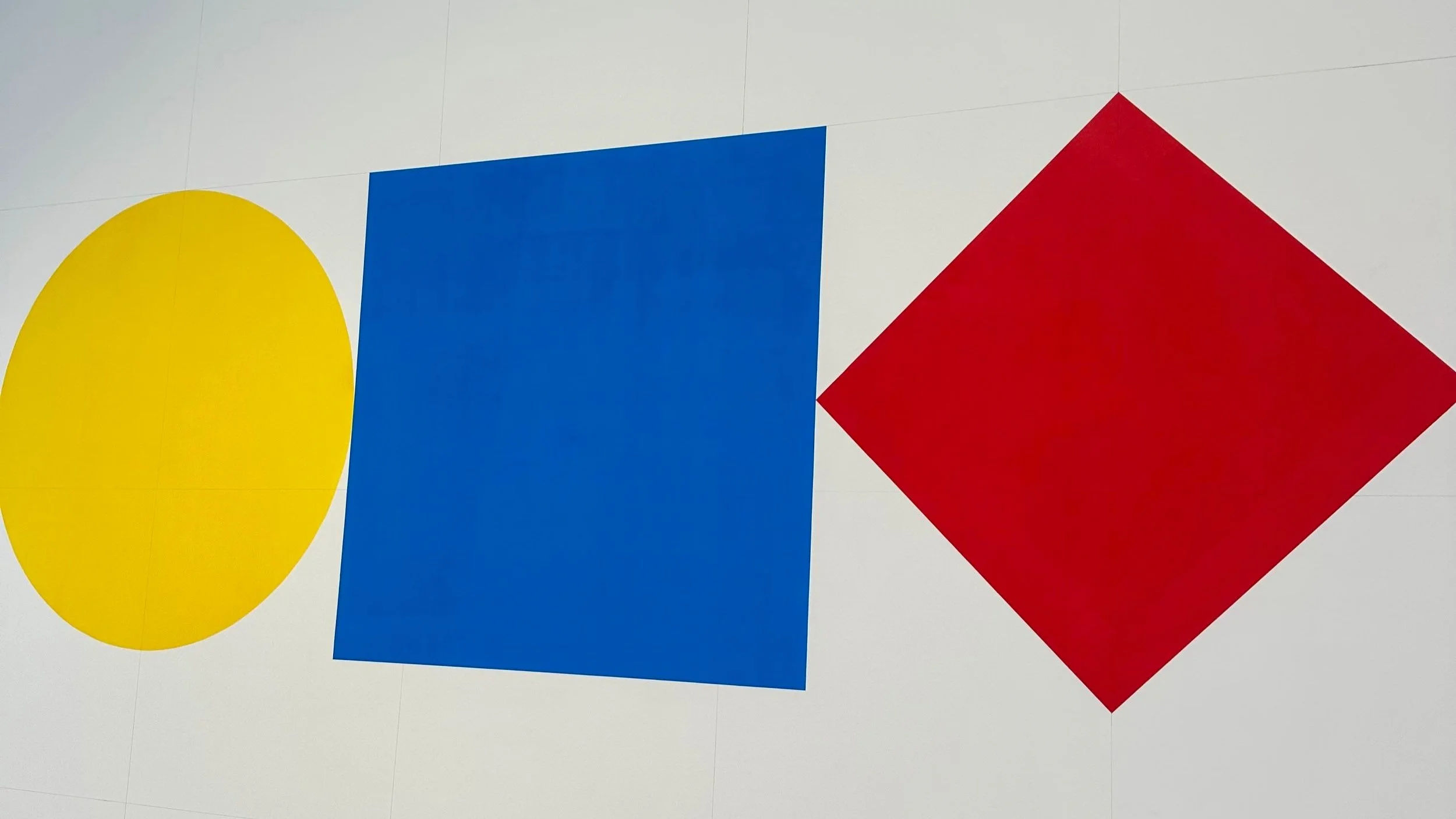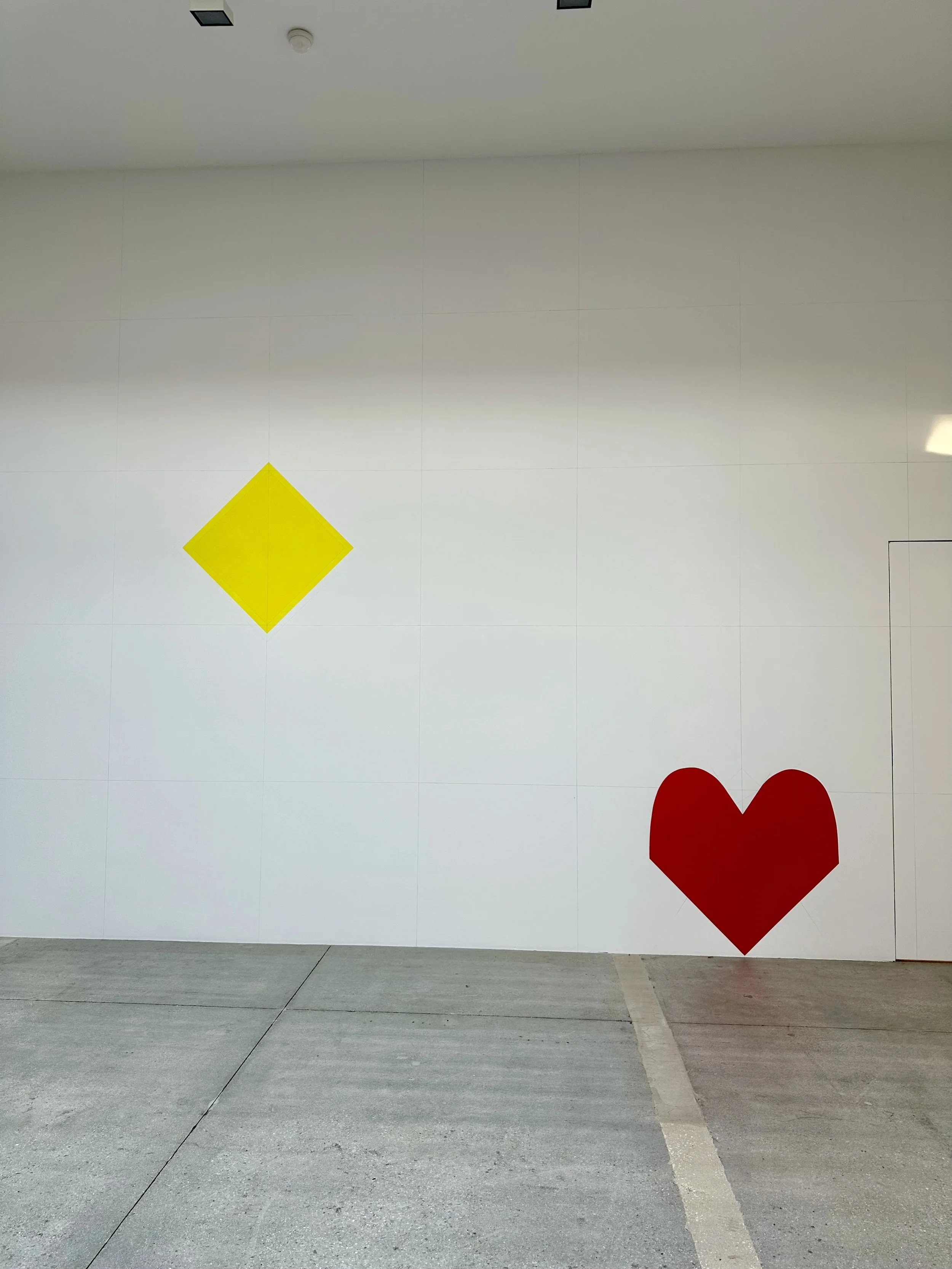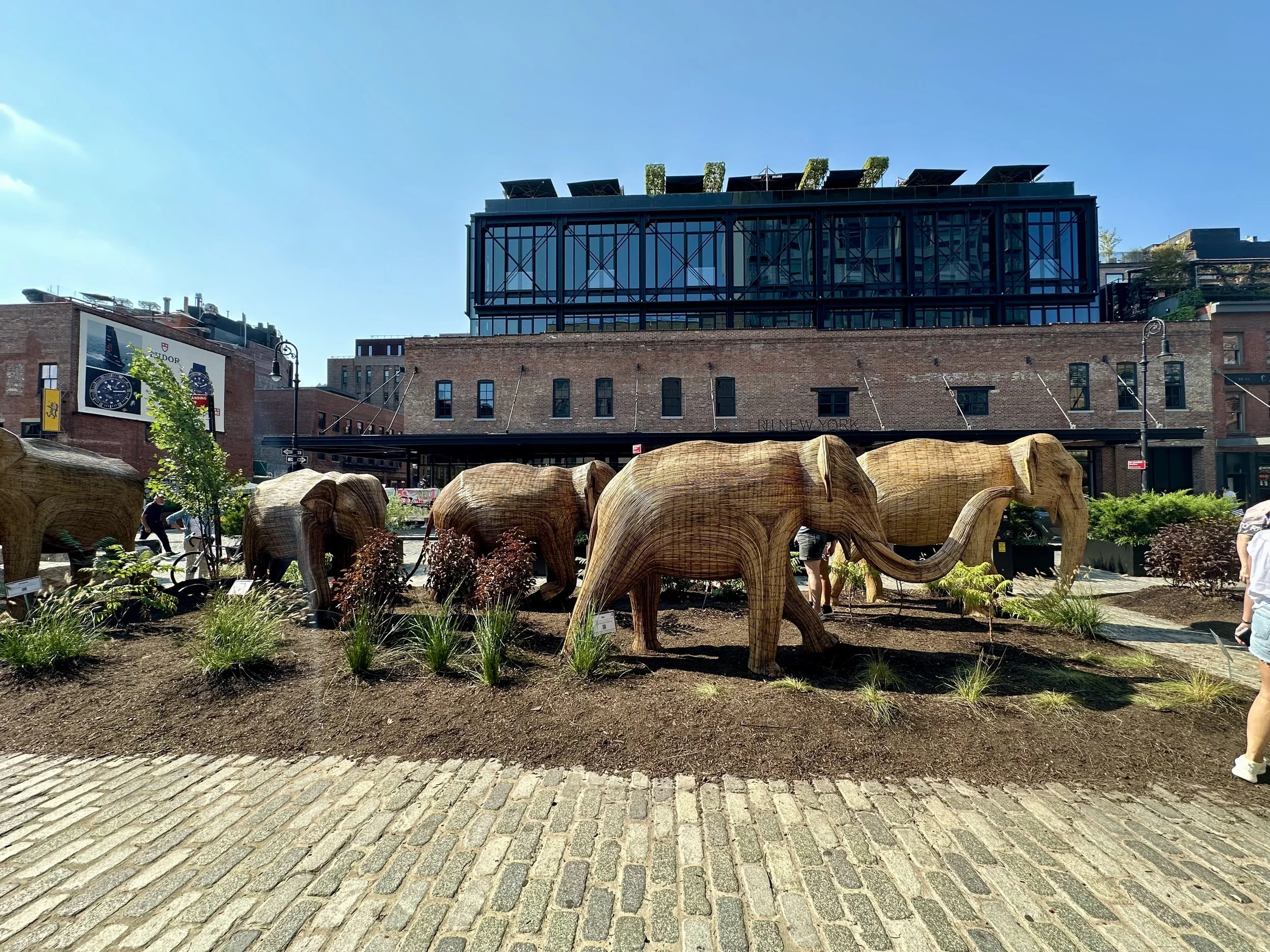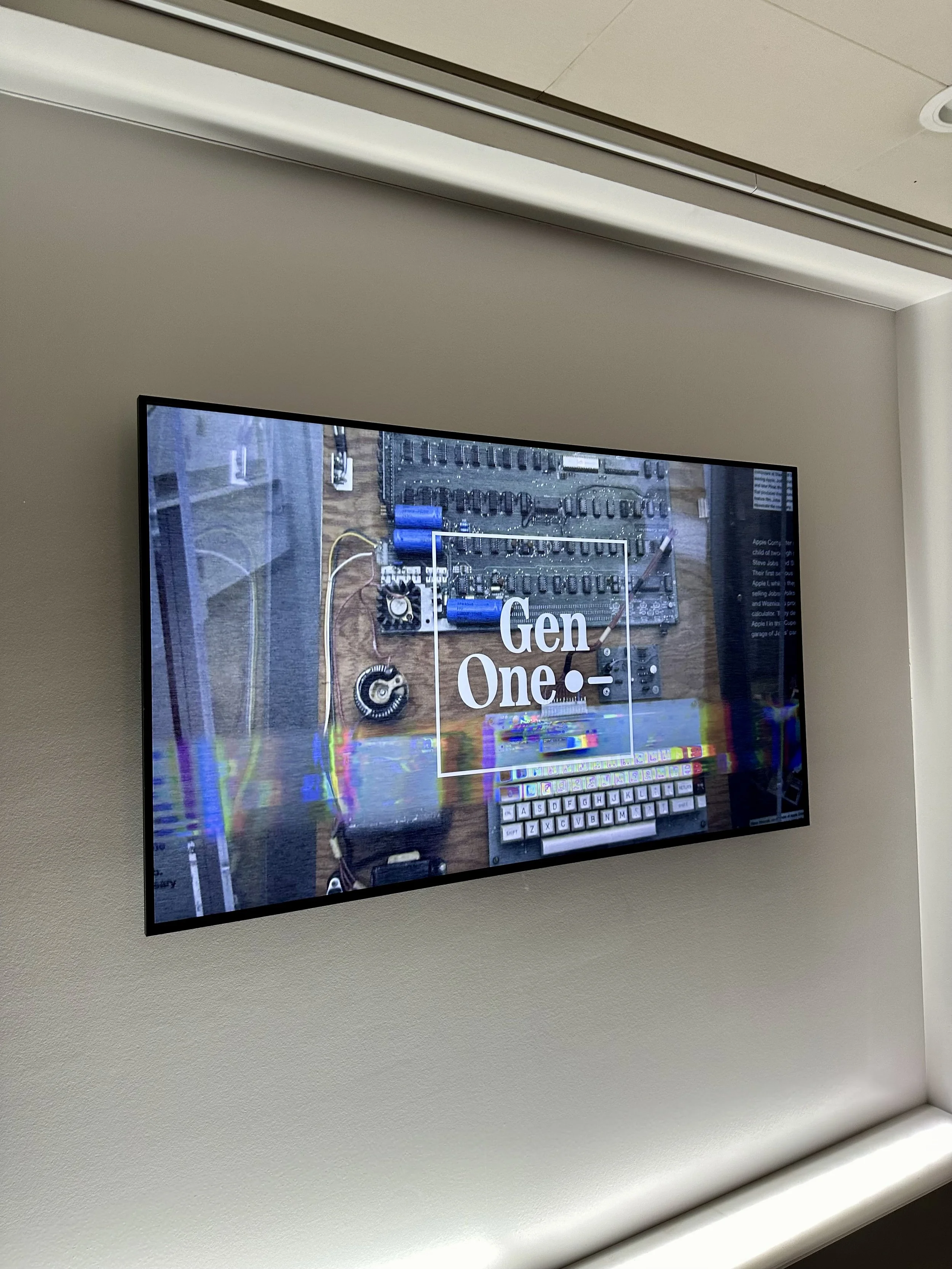THE MIND IS THE CANVAS, PAT STEIR IS THE BRUSH
Dr. Kuver arrived at Wooster Street under a sky so thick with humidity it felt like a promise of transformation. The cavernous garage door at Hauser & Wirth yawned open, revealing an ice cream cart parked like a cheerful sentry. She wanted to stand inside art, not taste it. Before she even crossed the threshold, she’d already purchased Hauser & Wirth’s monograph on Steir- a passport into the artist’s psyche and a declaration of intent to step beyond the frame.
“Neuroscience has only recently caught up with what Steir intuited years ago: the way we process color, shape and pattern taps into different neural channels than language does.”
THE SCIENCE
Step aside, straight lines and cerebral detachment. Pat Steir isn’t here for minimalist politeness. At Hauser & Wirth’s Wooster Street outpost, her reimagined installation Mirage 1975 defies walls not just physically but psychologically, resurrecting a space where visual and verbal consciousness flicker like twin flames in a brain lit by wild intuition. Transformation is a mechanism that came to mind. When Steir first painted directly on gallery walls in 1975, she shattered the boundary between artwork and spectator, insisting that immersion is the purest form of perception.
But let’s not stop at pigment. This is Pat Steir we’re talking about. A painter-philosopher whose obsessions span Taoism, color theory, semiotics and the very architecture of the mind. Some would say it is the art of Dosha Dressing. Her decades-long preoccupation with consciousness could read like academic fodder. It is visual versus verbal, seen versus said. Instead, in her hands, it feels like a diary entry scrawled in watercolor, tracing the contours of cognition itself.
And that’s where things get electrifying. Neuroscience has only recently caught up with what Steir intuited years ago. The way we process color, shape and pattern taps into different neural channels than language does. Our occipital lobes converse with Broca’s area in a silent pas de deux, shifting us from image to inner speech. Just when you think you’ve arrived at high concept, along comes the gut (the so-called second brain) with its vagus nerve rumblings and serotonin surges. This reshapes our emotional palette and, by extension, our very act of seeing and speaking.
Then there’s Ayurveda, which doesn’t relegate consciousness to grey matter but posits it as the source of all form. In Ayurvedic thought, transformation isn’t abstract. It is elemental. Visual and verbal faculties flow through the doshas. Vata’s movement, Pitta’s transformation, and Kapha’s structure each color perception and experience. When Steir surrounds you with color fields and semantic riddles, she’s not decorating space. She is stirring Vata, igniting the subtle currents of inner intelligence.
BOTTOM LINE
This installation isn’t a nostalgic nod to the past. It’s an argument writ in pigment: transformation isn’t about shedding skins but revealing hidden layers. The gut may steer your cognition, Ayurveda may script your perception, and neuroscience may map your synapses. But Steir paints the ineffable, the metacognitive dance all those disciplines strive to name.
We emerge not simply more informed, but rewired. You thought you were coming to see a show. You were the canvas all along.
Pat Steir: Mirage 1975 is on view at Hauser & Wirth Wooster Street NYC July 9-August 15, 2025.










